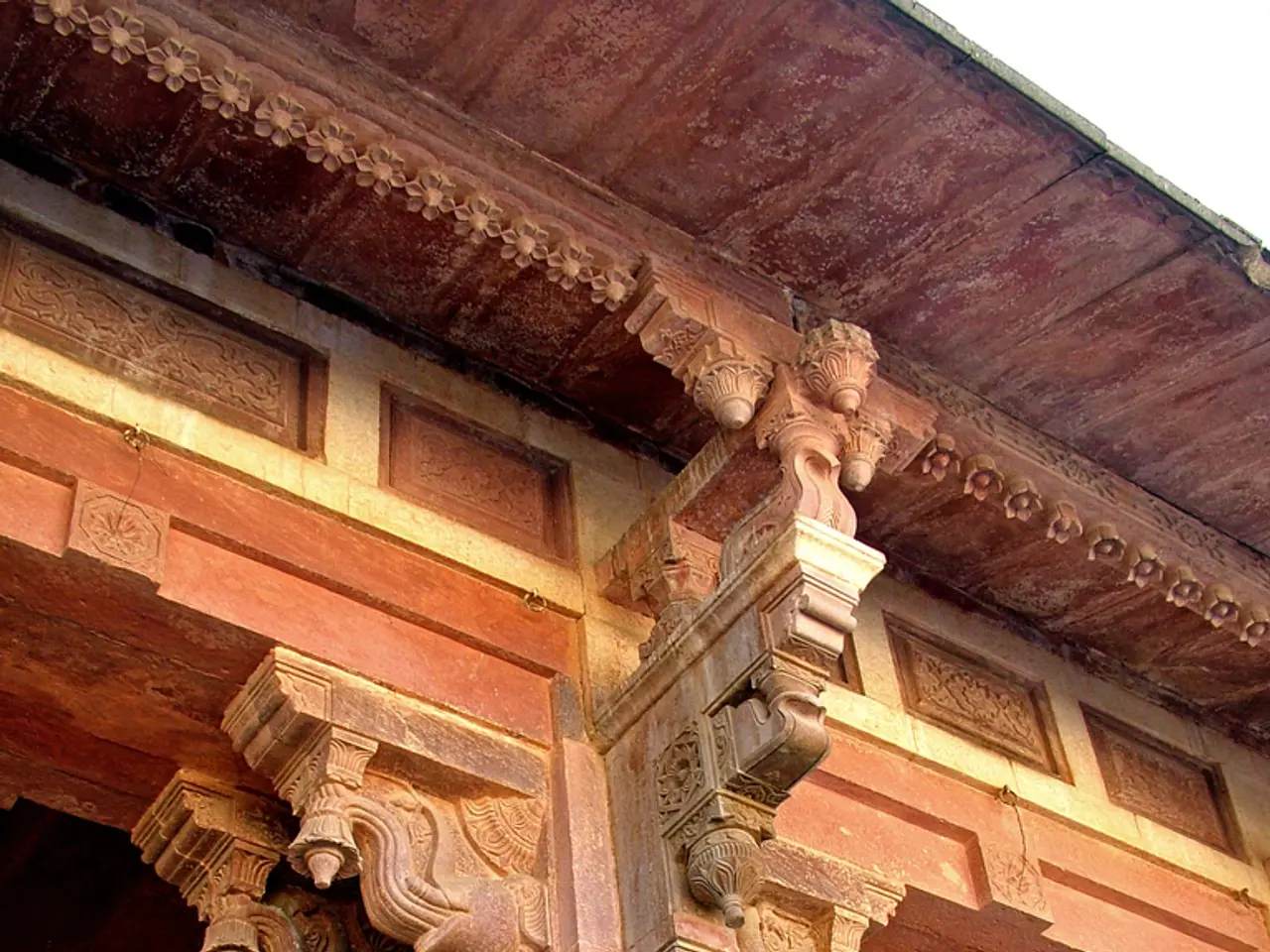Yasukuni Shrine Continues to Be a Contentious Point in Politics and Diplomacy After Eight Decades
Yasukuni Shrine: A Symbol of Japan's Constitutional Shift
Yasukuni Shrine, a significant religious and historical site in Tokyo, has a rich history that mirrors Japan's post-war constitutional commitment to separating religion from government. Originally founded in 1869 as Tokyo Shōkonsha, the shrine was later renamed Yasukuni Shrine in 1879, meaning "peaceful country."
Before World War II, Yasukuni Shrine served as a spiritual pillar of state-sponsored Shintoism, bolstering militarism and national morale. It was jointly managed by Japan’s army and navy ministries, deeply interconnected with the state's promotion of militaristic ideology.
However, following Japan's defeat in 1945, the US-led Allied Occupation enforced a strict separation of state and religion, as codified in Japan’s postwar constitution. This ended Yasukuni’s status as a state-run institution, and it was reconstituted as a religious corporation—a private religious entity independent of government control.
Despite this legal shift, there remained strong domestic sentiment favoring special treatment or state support for Yasukuni. From 1969 to 1974, the Liberal Democratic Party proposed bills to convert the shrine into a special corporation with state backing, but these were ultimately dropped due to political opposition and the shrine’s own insistence on preserving its religious character without state interference.
Today, Yasukuni Shrine is a religiously independent Shinto shrine enshrining approximately 2.5 million spirits of war dead, including soldiers, nurses, and even convicted war criminals. This perpetuates controversy domestically and internationally. It remains a site where collective memory, political diplomacy, and historical interpretation intersect. Visits by political leaders continue to provoke debate over Japan’s war legacy and the appropriate relationship between religion and state.
In summary, Yasukuni Shrine's status in Japan evolved from a state-sponsored religious institution pre-WWII to a privately administered religious corporation after the war. This reflects Japan's constitutional shift separating religion and state, with ongoing political and social complexities.
References:
[1] Asada, S., 2016. Yasukuni Shrine: A History. Columbia University Press.
[2] Hall, C. A., 2005. Contested memories: Policies and politics of war remembrance in contemporary Japan. University of California Press.
[3] Ienaga, S., 1978. The Pacific War, 1931-1945. Pantheon Books.
[4] National Diet Library, 2021. Yasukuni Jinja. Retrieved from https://www.ndl.go.jp/daijiten/nichijyo/www/view/15000003/15002456/
[5] Sugimoto, Y., 2002. The Yasukuni Shrine controversy: History, politics, and memory in postwar Japan. University of Hawai'i Press.
Photos of Yasukuni Shrine often capture its significant role in the narrative of war-and-conflicts and politics, a symbol of Japan's constitutional shift towards separating religion from general-news. Its history as a spiritual pillar of state-sponsored Shintoism before World War II contrasts sharply with its current status as a privately administered religious corporation independent of government control.








